
Gallatin Canyon: Montana's Rugged Wilderness Gem
Explore Gallatin Canyon in Montana: A scenic blend of rugged landscapes, outdoor adventures, and serene wilderness, perfect for hiking, fishing, and wildlife viewing.
Gallatin Canyon in Montana is a stunning stretch of wilderness nestled in the Rocky Mountains. This place is known for its breathtaking landscapes, with towering cliffs, lush forests, and the pristine Gallatin River cutting through the canyon. Whether you're a hiker, angler, or simply a nature lover, Gallatin Canyon offers a variety of outdoor activities that make it a perfect getaway. The canyon is home to a wide range of wildlife, including elk, deer, and even the occasional bear. Bird watchers will also be delighted by the diverse avian species that inhabit the area. For those looking to explore the water, the Gallatin River is a popular spot for fly fishing and white-water rafting. Its crystal-clear waters are teeming with trout, making it a dream destination for anglers. Beyond its natural beauty, Gallatin Canyon is also conveniently located near several other attractions. It's just a short drive from the lively town of Bozeman and the world-famous Yellowstone National Park. This makes Gallatin Canyon an ideal base for exploring the greater Montana region while enjoying the tranquility of the great outdoors.
Local tips in Gallatin Canyon
- Visit in the summer for the best weather and trail conditions.
- Bring bear spray and be bear-aware when hiking.
- Book river rafting trips in advance, especially during peak season.
- Dress in layers; weather can change quickly in the canyon.
- Stop by Bozeman for supplies and local dining before heading into the canyon.
Gallatin Canyon: Montana's Rugged Wilderness Gem
Gallatin Canyon in Montana is a stunning stretch of wilderness nestled in the Rocky Mountains. This place is known for its breathtaking landscapes, with towering cliffs, lush forests, and the pristine Gallatin River cutting through the canyon. Whether you're a hiker, angler, or simply a nature lover, Gallatin Canyon offers a variety of outdoor activities that make it a perfect getaway. The canyon is home to a wide range of wildlife, including elk, deer, and even the occasional bear. Bird watchers will also be delighted by the diverse avian species that inhabit the area. For those looking to explore the water, the Gallatin River is a popular spot for fly fishing and white-water rafting. Its crystal-clear waters are teeming with trout, making it a dream destination for anglers. Beyond its natural beauty, Gallatin Canyon is also conveniently located near several other attractions. It's just a short drive from the lively town of Bozeman and the world-famous Yellowstone National Park. This makes Gallatin Canyon an ideal base for exploring the greater Montana region while enjoying the tranquility of the great outdoors.
When is the best time to go to Gallatin Canyon?
Unmissable attractions to see
Museum of the Rockies
Discover the wonders of paleontology, science, and history at the Museum of the Rockies in Bozeman, Montana, an unforgettable experience for all ages.

Ousel Falls Park & Trailhead
Discover the enchanting beauty of Ousel Falls Park & Trailhead, a picturesque hiking destination in Gallatin Gateway, Montana, perfect for nature lovers.
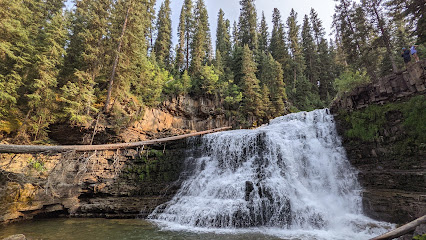
Mountains Walking Brewery
Experience the best of Bozeman at Mountains Walking Brewery, where craft beers and delicious American cuisine meet in a warm, inviting ambiance.
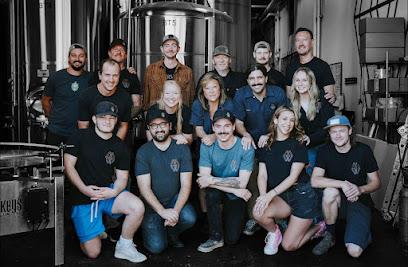
Montana Whitewater Rafting & Zipline - Gallatin
Experience the thrill of whitewater rafting and ziplining in the breathtaking landscapes of Gallatin Gateway, Montana's adventure hub.
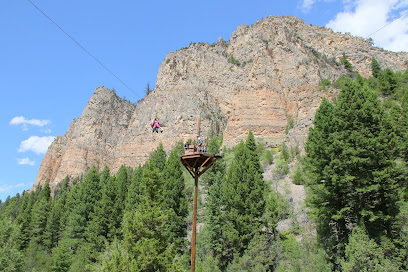
Gallatin County Regional Park
Explore Gallatin County Regional Park, Bozeman's natural retreat with scenic trails, picnic areas, and diverse wildlife for an unforgettable outdoor experience.
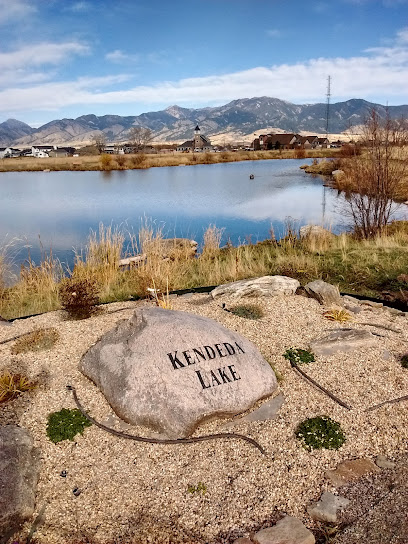
Montana Grizzly Encounter
Experience the thrill of observing grizzly bears up close at Montana Grizzly Encounter, an educational wildlife rescue center in beautiful Bozeman, Montana.
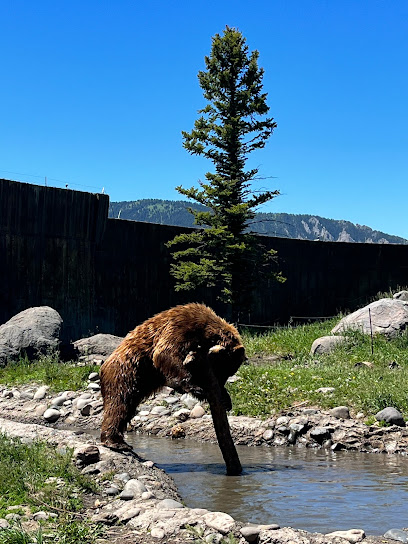
American Computer & Robotics Museum
Discover the fascinating journey of computers and robotics at the American Computer & Robotics Museum in Bozeman, Montana, perfect for tech enthusiasts and curious minds.

Peets Hill/Burke Park
Experience the breathtaking views and serene trails at Peets Hill/Burke Park, a must-visit outdoor destination in Bozeman, Montana.
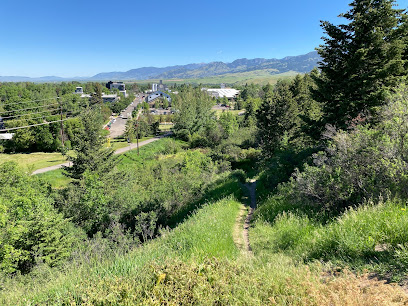
Glen Lake Rotary Park
Explore the natural beauty and recreational opportunities at Glen Lake Rotary Park, a serene escape in Bozeman, Montana, perfect for all ages.
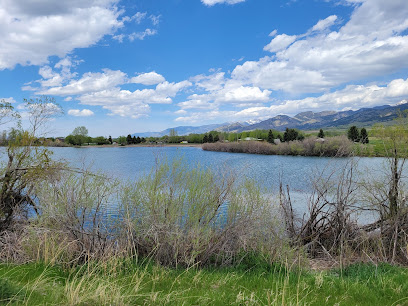
Dinosaur Park
Discover the captivating Dinosaur Park in Bozeman, Montana, where incredible dinosaur replicas meet beautiful landscapes for a family-friendly adventure.
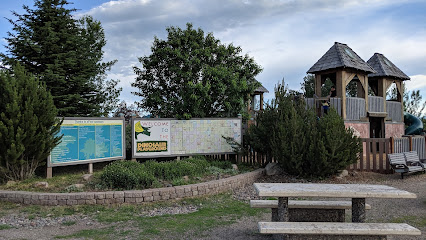
Lava Lake Trailhead
Explore the scenic Lava Lake Trailhead in Montana, a perfect hiking destination offering stunning views, diverse wildlife, and peaceful nature.
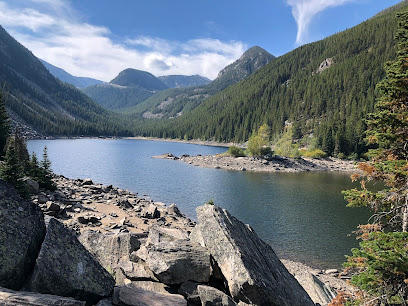
Montana Science Center
Explore the fascinating world of science at the Montana Science Center in Bozeman, where learning meets fun for all ages.
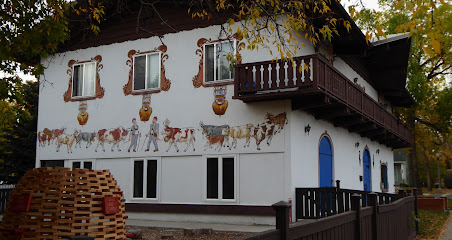
Bozeman Brewing Company
Experience the heart of Montana's craft beer scene with Bozeman Brewing Company, where quality brews and a welcoming atmosphere await.
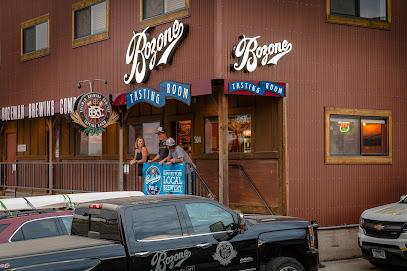
Gallatin History Museum
Discover the captivating history of Gallatin County at the Gallatin History Museum in Bozeman, Montana, where the past comes to life.
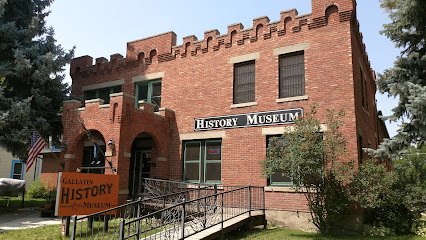
Bozeman Sculpture Park
Explore the Bozeman Sculpture Park, where art meets nature in a stunning outdoor gallery amidst Montana's breathtaking landscapes.
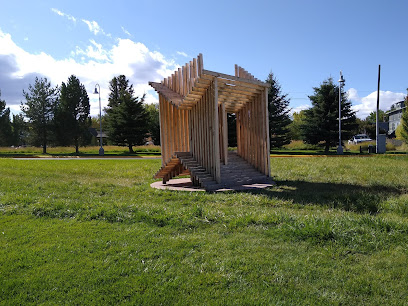
Essential places to dine
Wild West Pizzeria & Saloon
Discover mouthwatering pizzas at Wild West Pizzeria & Saloon in picturesque West Yellowstone, where delicious flavors meet a charming atmosphere.
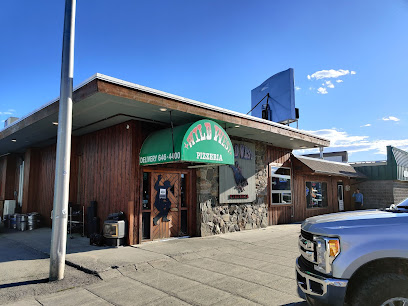
Old Chicago Pizza + Taproom
Discover Old Chicago Pizza + Taproom in Bozeman: where delicious pizza meets an impressive selection of craft beers in a family-friendly atmosphere.
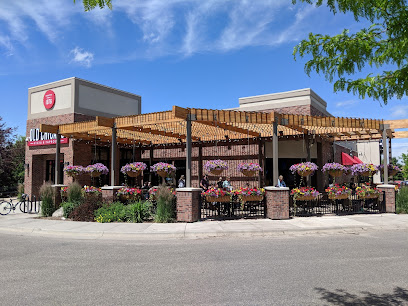
Ted's Montana Grill
Savor the rich flavors of traditional American cuisine at Ted's Montana Grill in Bozeman - where every meal tells a story.
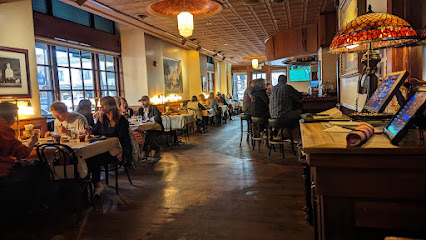
MacKenzie River Pizza Co.
Discover delicious pizzas made with fresh ingredients at MacKenzie River Pizza Co., Bozeman's favorite spot for American cuisine.
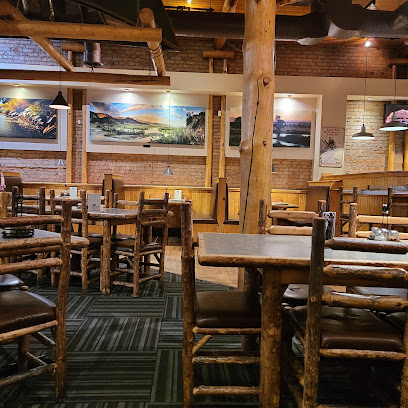
Outback Steakhouse
Discover the rich flavors of Australian-inspired cuisine at Outback Steakhouse in Bozeman – where every meal is an adventure.
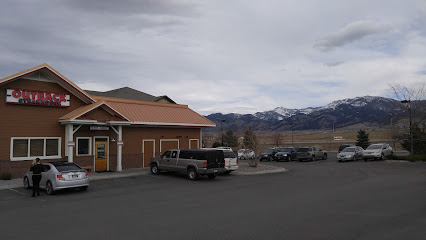
Wendy's
Enjoy delicious square burgers and fresh salads at Wendy's in Belgrade - where fast food meets quality ingredients.
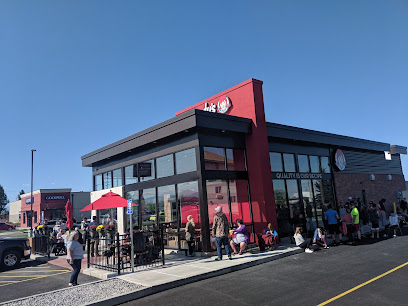
Firehouse Subs Bozeman-Gateway
Experience hearty sandwiches with fresh ingredients at Firehouse Subs Bozeman-Gateway - where flavor meets firefighting spirit!
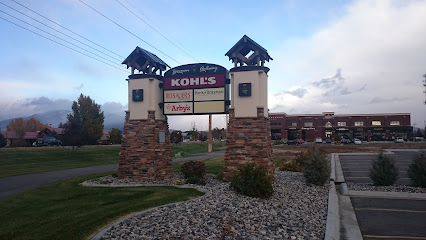
Domino's Pizza
Delicious pizza and chicken wings await at Domino's Pizza in Bozeman - perfect for any craving!
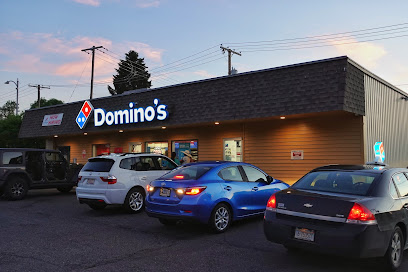
Texas Roadhouse
Experience authentic American cuisine at Texas Roadhouse in Bozeman—where hand-cut steaks meet warm hospitality.
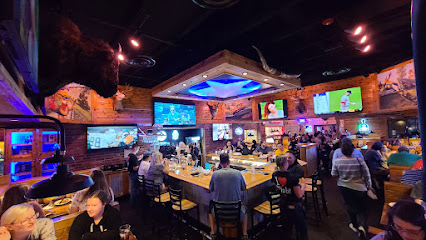
Michoacan A Pedir De Boca Bozeman
Discover unique ice cream flavors at Michoacan A Pedir De Boca in Bozeman—an authentic taste experience inspired by Mexican traditions.
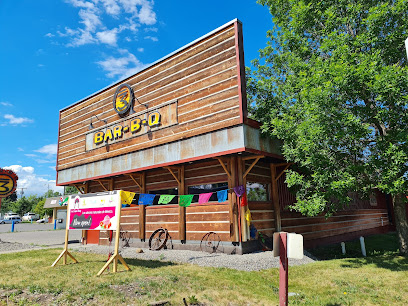
Subway
Experience fresh flavors at Subway in Bozeman – your go-to spot for quick and tasty sandwiches during your Montana adventure.
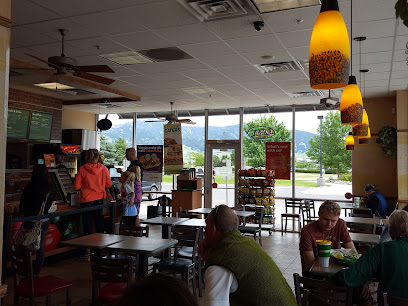
El Rodeo
Experience authentic Mexican cuisine with vibrant flavors and warm hospitality at El Rodeo in Bozeman.
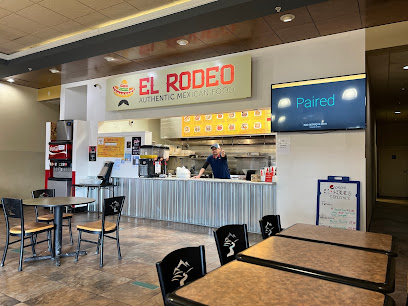
Jimmy John's
Experience fresh and delicious sandwiches at Jimmy John's in Bozeman—perfect for quick bites or takeout during your Montana adventure.
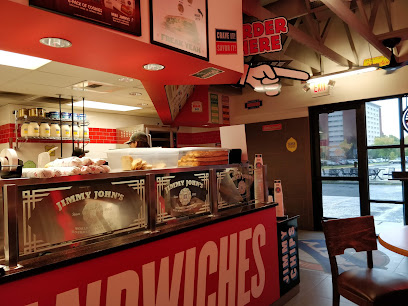
Markets, malls and hidden boutiques
Gallatin Valley Mall
Explore the Gallatin Valley Mall in Bozeman, Montana, for a vibrant shopping experience with diverse stores and dining options in a picturesque setting.
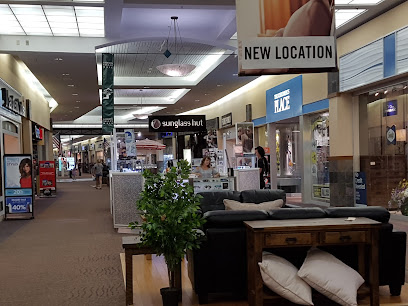
Cactus Records & Gifts
Explore Cactus Records & Gifts in Bozeman, Montana - your one-stop shop for vinyl records, unique gifts, and live music in a vibrant atmosphere.
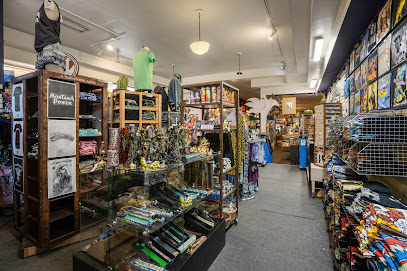
Heyday
Explore Heyday, Bozeman's charming gift shop, featuring unique local treasures, handmade crafts, and beautiful cards to delight every shopper.
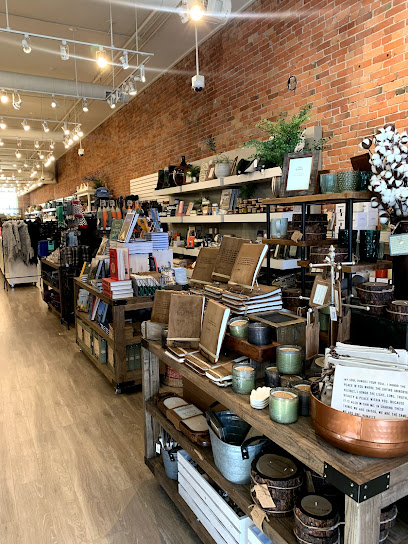
Montana Gift Corral - Downtown Bozeman
Discover unique gifts and local treasures at Montana Gift Corral, your go-to destination in downtown Bozeman for memorable souvenirs and home goods.
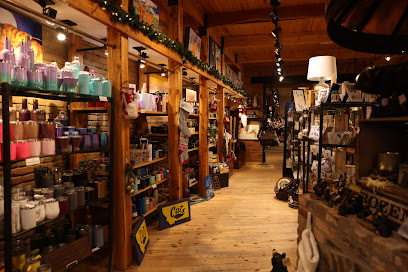
Twice Treasured Thrift
Explore Twice Treasured Thrift in Bozeman, Montana - a second-hand store filled with unique finds and sustainable shopping options.
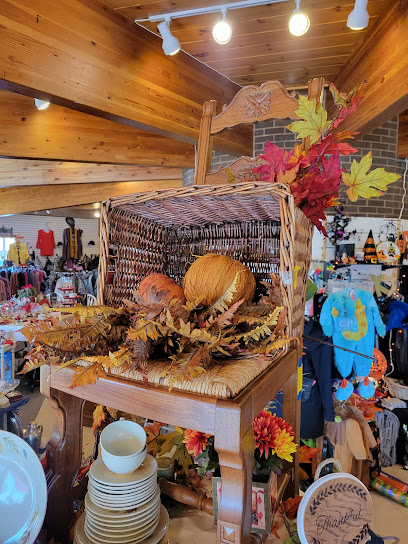
Antique Barn
Explore a treasure trove of vintage antiques and collectibles at Antique Barn in Bozeman, Montana - a must-visit for history and nostalgia enthusiasts.
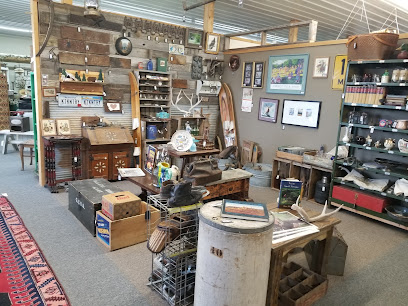
Head West
Explore unique gifts, local art, and western apparel at Head West in Bozeman, Montana - a treasure trove for tourists and locals alike.
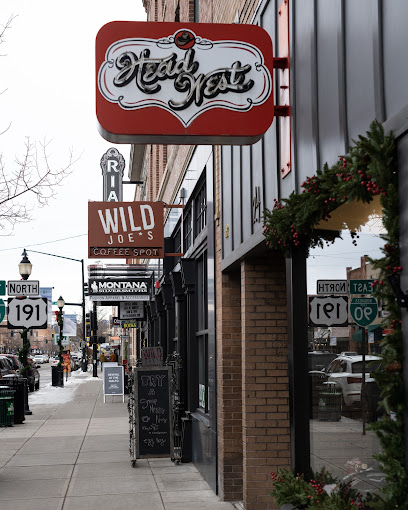
Re-Couture
Explore Re-Couture in Bozeman, Montana: A unique gift shop and consignment boutique filled with local treasures and vintage finds.

Paper and Grace
Explore Paper and Grace, Bozeman's charming gift shop for art supplies, stationery, and unique crafts for the creative soul.
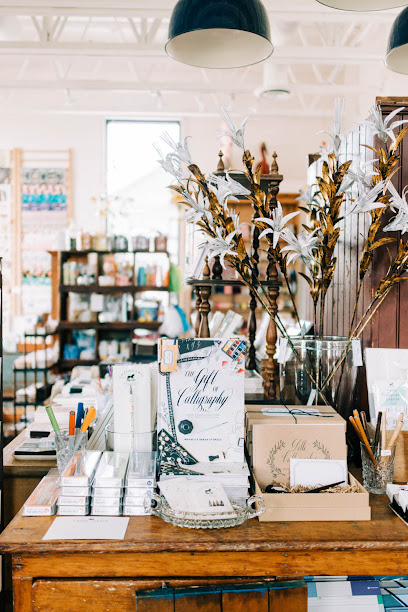
Great Rocky Mountain Toy Company
Explore a whimsical wonderland of toys and gifts at the Great Rocky Mountain Toy Company in Bozeman, Montana, a delightful stop for families and toy enthusiasts.
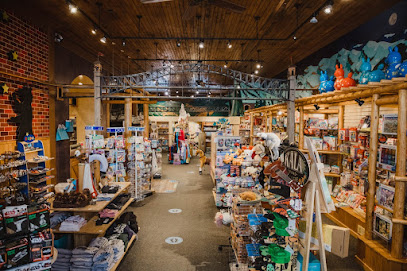
The Montana Scene
Explore The Montana Scene for unique gifts, stylish clothing, and authentic souvenirs that celebrate Montana's culture and spirit.

Treasure Emporium
Explore Treasure Emporium in Bozeman for unique vintage finds, antiques, and second-hand treasures that tell a story.
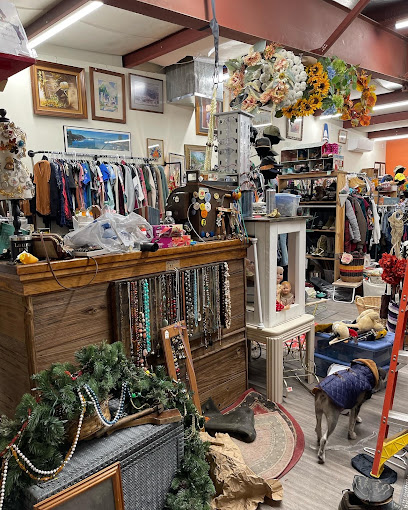
Salchicha
Explore Salchicha, Bozeman's premier women's clothing boutique, offering unique styles and personalized shopping experiences.
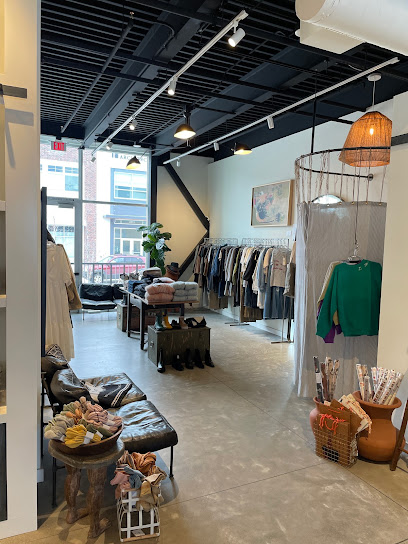
Apricot Lane Boutique
Explore Bozeman's finest fashion finds at Apricot Lane Boutique, a charming destination for unique apparel and gifts that capture local spirit.
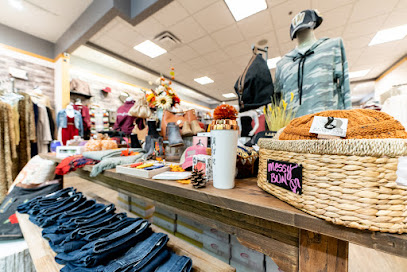
Consignment Cabin of Big Sky
Explore the Consignment Cabin of Big Sky for unique gifts, vintage finds, and sustainable shopping in the heart of Montana's picturesque landscape.
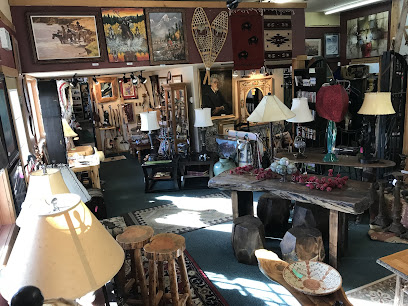
Essential bars & hidden hideouts
Montana Ale Works
Savor local craft beers and delicious American cuisine in the heart of Bozeman at Montana Ale Works, a must-visit brewpub for tourists.
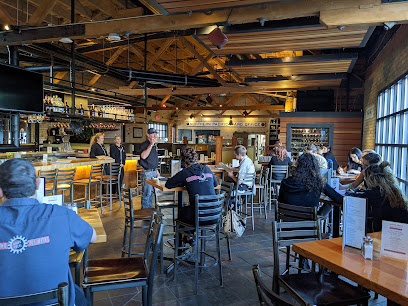
Sidewinders American Grill
Discover the vibrant flavors of American cuisine at Sidewinders American Grill in Bozeman, MT, where delicious dishes meet a welcoming atmosphere.
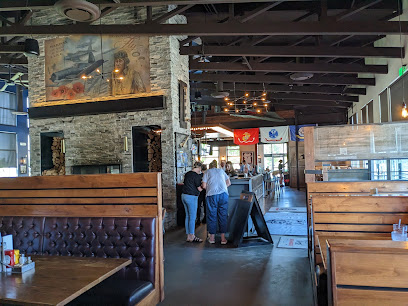
Copper | Whiskey Bar and Grill Bozeman
Experience the best of Bozeman at Copper | Whiskey Bar and Grill, where delicious food meets an impressive whiskey selection in a vibrant atmosphere.
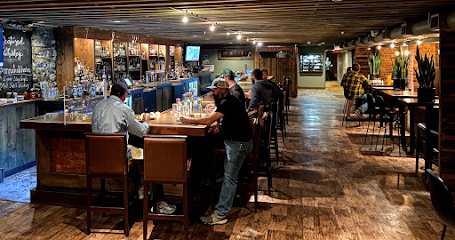
Riverhouse BBQ & Events
Experience authentic barbecue and stunning riverside views at Riverhouse BBQ & Events in Gallatin Gateway, Montana, the perfect spot for food lovers and event celebrations.
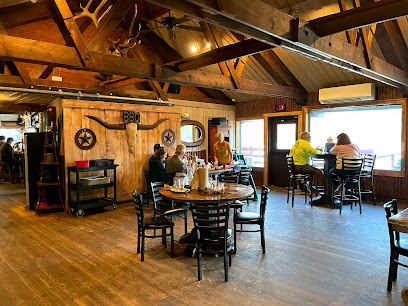
The Club Tavern & Grill
Experience the vibrant atmosphere and delicious grill fare at The Club Tavern & Grill, a must-visit dining spot in Bozeman, Montana.
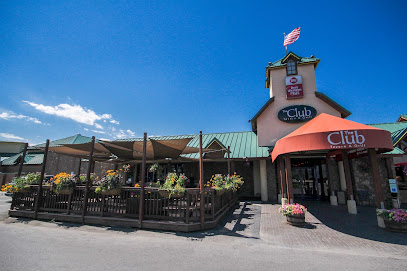
The Old Saloon
Experience the heart of Montana at The Old Saloon, where rustic charm meets great American cuisine in a lively atmosphere.
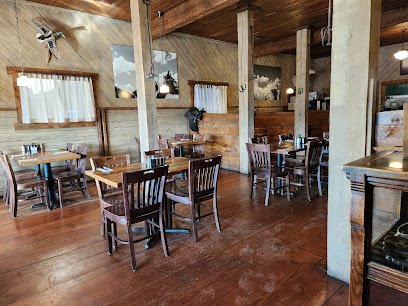
Korner Klub Bar
Experience the vibrant nightlife of Bozeman at Korner Klub Bar, where great drinks and a lively atmosphere await.
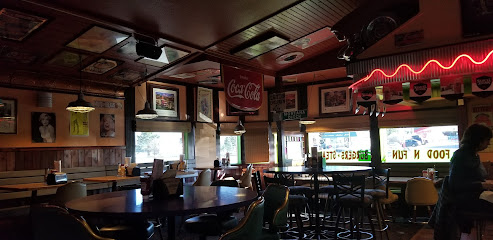
Revelry
Discover the culinary excellence of Revelry, a top brunch and wine bar in Bozeman, Montana, where flavor meets local charm.
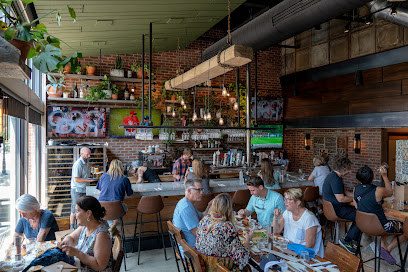
Bozeman Taproom & Spirits
Experience the best of Bozeman at Bozeman Taproom & Spirits, where craft drinks meet local flavors in a cozy, welcoming atmosphere.
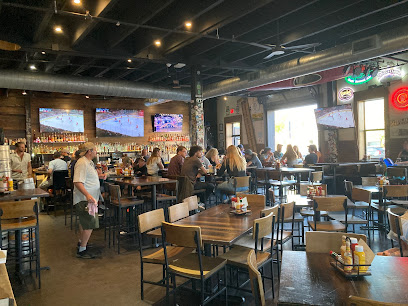
Stacey's Old Faithful Bar & Steakhouse
Experience the heart of Montana at Stacey's Old Faithful Bar & Steakhouse, where delicious steaks and a vibrant bar atmosphere await.
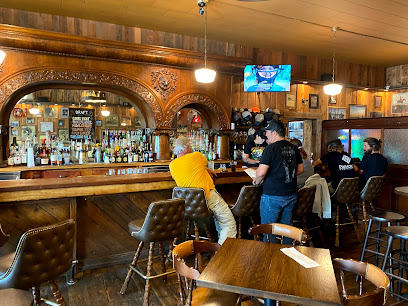
Plonk Bozeman
Discover the vibrant flavors of Plonk Bozeman, an eclectic cocktail and wine bar offering a unique dining experience in the heart of Montana.
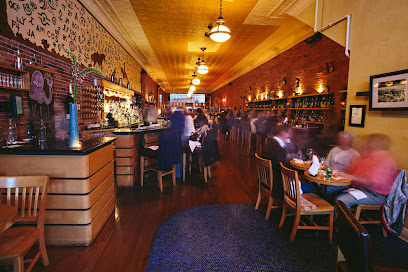
Rocking R Bar
Experience the lively atmosphere and friendly spirit of Rocking R Bar in Bozeman, where great drinks and local charm meet.
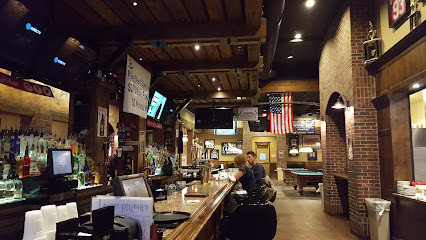
Corral Bar, Steakhouse & Motel
Discover the rustic charm and delicious cuisine at Corral Bar, Steakhouse & Motel, a must-visit dining and lodging destination in Gallatin Gateway, Montana.
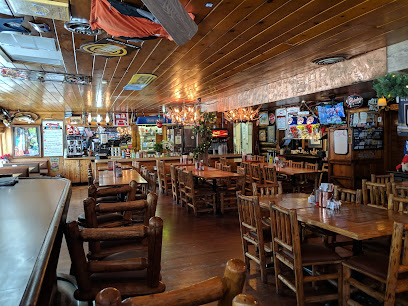
Bar Nine
Discover the vibrant atmosphere of Bar Nine in Bozeman, where sports, great food, and drinks come together for an unforgettable experience.
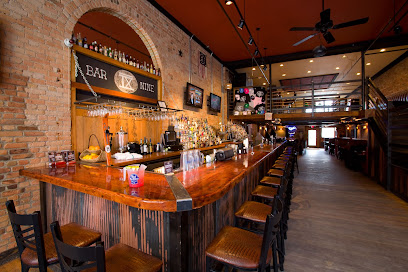
Brigade
Discover Brigade in Bozeman, MT, where exquisite American cuisine meets a vibrant cocktail bar in a stylish setting.
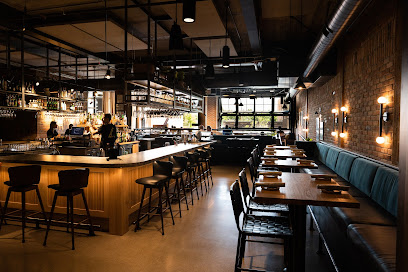
Local Phrases about Gallatin Canyon
-
- HelloHowdy
[haʊ-di] - GoodbyeSee ya
[si jə] - YesYup
[jʌp] - NoNah
[nɑ] - Please/You're welcomePlease
[pliːz] - Thank youThanks
[θæŋks] - Excuse me/SorryPardon
[pɑːrdn] - How are you?Howdy
[haʊ-di] - Fine. And you?Fine. And you?
[faɪn. ənd juː] - Do you speak English?Ya speak English?
[jə spiːk ɪŋɡlɪʃ] - I don't understandI don't get it
[aɪ doʊnt ɡɛt ɪt]
- HelloHowdy
-
- I'd like to see the menu, pleaseCan I see the menu, please
[kæn aɪ siː ðə ˈmɛnjuː pliːz] - I don't eat meatI don't eat meat
[aɪ doʊnt it mit] - Cheers!Cheers!
[ʧɪrz] - I would like to pay, pleaseCan I pay, please
[kæn aɪ peɪ pliːz]
- I'd like to see the menu, pleaseCan I see the menu, please
-
- Help!Help!
[hɛlp] - Go away!Get out!
[ɡɛt aʊt] - Call the Police!Call the Sheriff!
[kɔl ðə ʃɛrɪf] - Call a doctor!Call a doc!
[kɔl ə dɑk] - I'm lostI'm lost
[aɪm lɔst] - I'm illI'm sick
[aɪm sɪk]
- Help!Help!
-
- I'd like to buy...I'm looking to buy...
[aɪm ˈlʊkɪŋ tuː baɪ] - I'm just lookingI'm just looking
[aɪm ˈdʒʌst ˈlʊkɪŋ] - How much is it?How much does it cost?
[haʊ mʌʧ dʌz ɪt kɑst] - That's too expensiveThat's too much
[ðæts tuː mʌʧ] - Can you lower the price?Can you do it cheaper?
[kæn juː duː ɪt ˈʧiːpər]
- I'd like to buy...I'm looking to buy...
-
- What time is it?What's the time?
[wɑːts ðə taɪm] - It's one o'clockIt's one
[ɪts wʌn] - Half past (10)Half past (10)
[hæf pæst (10)] - MorningMorning
[ˈmɔrnɪŋ] - AfternoonAfternoon
[ˌæftərˈnun] - EveningEvening
[ˈivnɪŋ] - YesterdayYesterday
[ˈjɛstərˌdeɪ] - TodayToday
[təˈdeɪ] - TomorrowTomorrow
[təˈmɑˌroʊ] - 1One
[wʌn] - 2Two
[tuː] - 3Three
[θriː] - 4Four
[fɔr] - 5Five
[faɪv] - 6Six
[sɪks] - 7Seven
[ˈsɛvən] - 8Eight
[eɪt] - 9Nine
[naɪn] - 10Ten
[tɛn]
- What time is it?What's the time?
-
- Where's a/the...?Where's the...?
[wɛrz ðə] - What's the address?What's the address?
[wɑːts ðə əˈdrɛs] - Can you show me (on the map)?Can you show me (on the map)?
[kæn juː ʃoʊ miː (ɒn ðə mæp)] - When's the next (bus)?When's the next (bus)?
[wɛnz ðə nɛkst (bʌs)] - A ticket (to ....)A ticket (to ....)
[ə ˈtɪkɪt (tu)]
- Where's a/the...?Where's the...?
History of Gallatin Canyon
-
Gallatin Canyon has a rich history of Native American habitation. The Shoshone, Nez Perce, and Crow tribes were among the earliest inhabitants, using the canyon as a seasonal hunting ground. Artifacts such as arrowheads and petroglyphs have been found in the area, offering a glimpse into their way of life and their deep connection with the land.
-
In 1805, the famous Lewis and Clark Expedition traversed through what is now Montana, including regions near Gallatin Canyon. The expedition's journals provide detailed accounts of the landscape and the diverse plant and animal life they encountered, offering invaluable historical insights into the early 19th-century environment of the canyon.
-
The Gallatin River, which flows through the canyon, was named by Meriwether Lewis in honor of Albert Gallatin, the U.S. Secretary of the Treasury from 1801 to 1814. Gallatin was a prominent figure in early American politics and a strong advocate for westward expansion. The naming reflects the significance of the river during this era of exploration and settlement.
-
The passage of the Homestead Act in 1862 brought a wave of settlers to Montana, including the Gallatin Canyon area. Many of these early settlers were drawn by the promise of fertile land for farming and ranching. The remnants of old homesteads can still be found in the canyon, serving as a testament to the hardships and resilience of these pioneers.
-
In the late 19th and early 20th centuries, the expansion of the railroad had a significant impact on the Gallatin Canyon region. The arrival of the railroad facilitated easier transportation of goods and people, leading to economic growth and increased accessibility to the area. Railroads played a crucial role in the development of towns and industries along their routes.
-
The early 20th century saw the rise of the conservation movement, which had a lasting impact on Gallatin Canyon. Figures like Gifford Pinchot and Theodore Roosevelt advocated for the preservation of natural landscapes. The canyon became part of national forest lands, ensuring the protection of its unique ecosystems and recreational opportunities for future generations.
-
With its stunning landscapes and abundant wildlife, Gallatin Canyon became a popular destination for tourists in the mid-20th century. The construction of highways and the promotion of outdoor recreation activities such as fishing, hiking, and skiing led to a tourism boom. Resorts, lodges, and campgrounds sprang up to accommodate the influx of visitors, making the canyon a key recreational area in Montana.
Gallatin Canyon Essentials
-
Gallatin Canyon is located in southwestern Montana, near the city of Bozeman. The nearest major airport is Bozeman Yellowstone International Airport (BZN), approximately 50 miles north of the canyon. From the airport, you can rent a car or take a shuttle service to reach Gallatin Canyon. The drive typically takes about an hour and offers scenic views of the surrounding landscape.
-
Having a car is the most convenient way to explore Gallatin Canyon and its surroundings. Renting a vehicle allows you the flexibility to visit various attractions at your own pace. There are no public transportation options within the canyon itself, but shuttle services and taxis are available for transfers from Bozeman. Bicycles can also be rented for those who enjoy exploring on two wheels.
-
The official currency in Montana is the United States Dollar (USD). Credit and debit cards are widely accepted in most hotels, restaurants, and shops in and around Gallatin Canyon. However, it is advisable to carry some cash, especially if you plan to visit smaller establishments or rural areas. ATMs are available in Bozeman, but may be scarce within the canyon itself.
-
Gallatin Canyon is generally a safe destination for tourists. However, standard precautions should be taken. Avoid leaving valuables in your car and always lock your vehicle when unattended. Be cautious of wildlife, especially bears, and follow local guidelines for wildlife encounters. There are no specific high-crime areas targeting tourists, but always stay vigilant and aware of your surroundings.
-
In case of emergency, dial 911 for immediate assistance. The nearest medical facilities are located in Bozeman, about an hour's drive from Gallatin Canyon. It is recommended to have travel insurance that covers medical emergencies. For minor health issues, carry a basic first-aid kit and essential medications, as pharmacies may not be readily accessible within the canyon.
-
Fashion: Do dress in layers and wear appropriate outdoor gear, as weather can change rapidly. Avoid wearing cotton clothing while hiking, as it retains moisture. Religion: There are no specific religious customs to observe, but always be respectful of local traditions and beliefs. Public Transport: Public transport is limited, so plan to rent a car or use shuttle services. Don't rely on public transport for exploring the canyon. Greetings: Do greet people with a friendly smile or handshake. Locals are generally welcoming and appreciative of polite behavior. Eating & Drinking: Do try local dishes and beverages. Don't litter; always pack out what you pack in to preserve the natural beauty of the area.
-
To experience Gallatin Canyon like a local, consider visiting during the shoulder seasons (spring and fall) to avoid the summer crowds. Explore the lesser-known hiking trails for a more secluded experience. Engage with locals at nearby towns such as Big Sky and Bozeman to learn about the area's history and culture. Don't miss the opportunity to go fly fishing in the Gallatin River, a favorite activity among locals. Take advantage of local guide services for adventurous activities like white-water rafting or horseback riding.
Nearby Cities to Gallatin Canyon
-
Things To Do in Bozeman
-
Things To Do in Butte
-
Things To Do in Yellowstone National Park
-
Things To Do in Helena
-
Things To Do in Rexburg
-
Things To Do in Cody
-
Things To Do in Billings
-
Things To Do in Jackson
-
Things To Do in Idaho Falls
-
Things To Do in Lewistown
-
Things To Do in Great Falls
-
Things To Do in Missoula
-
Things To Do in Pocatello
-
Things To Do in Sun Valley
-
Things To Do in Ketchum








